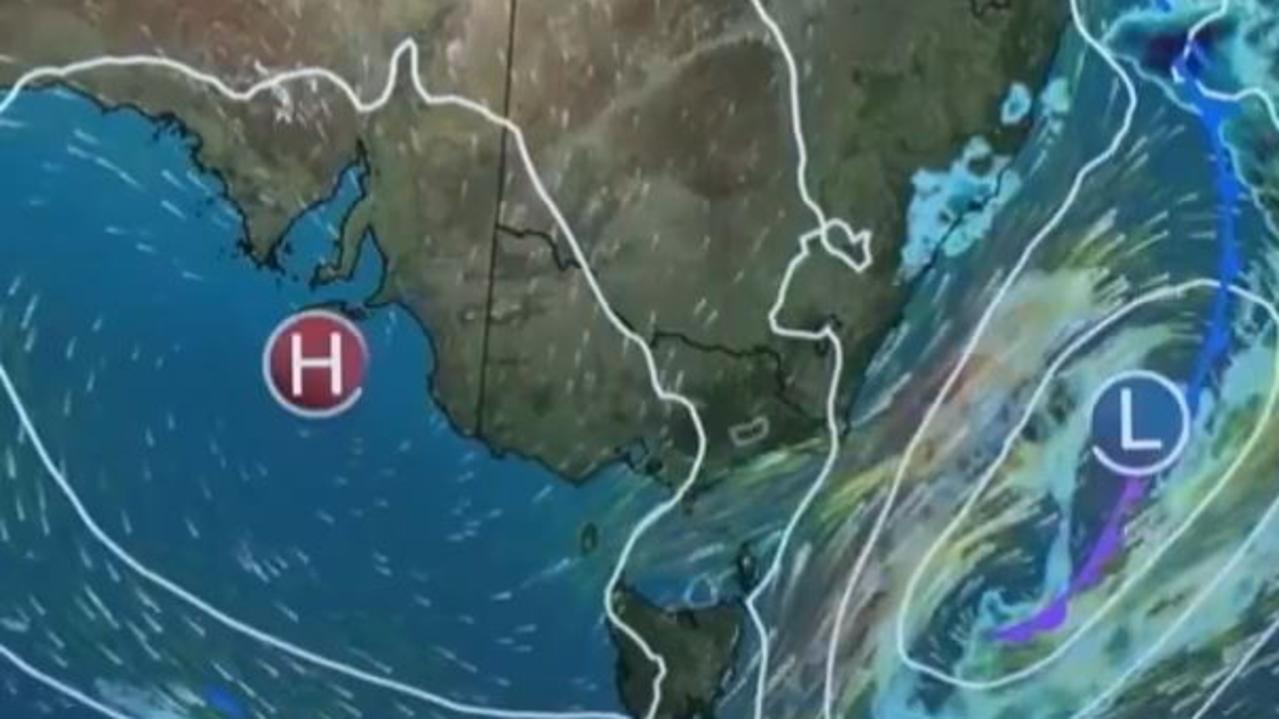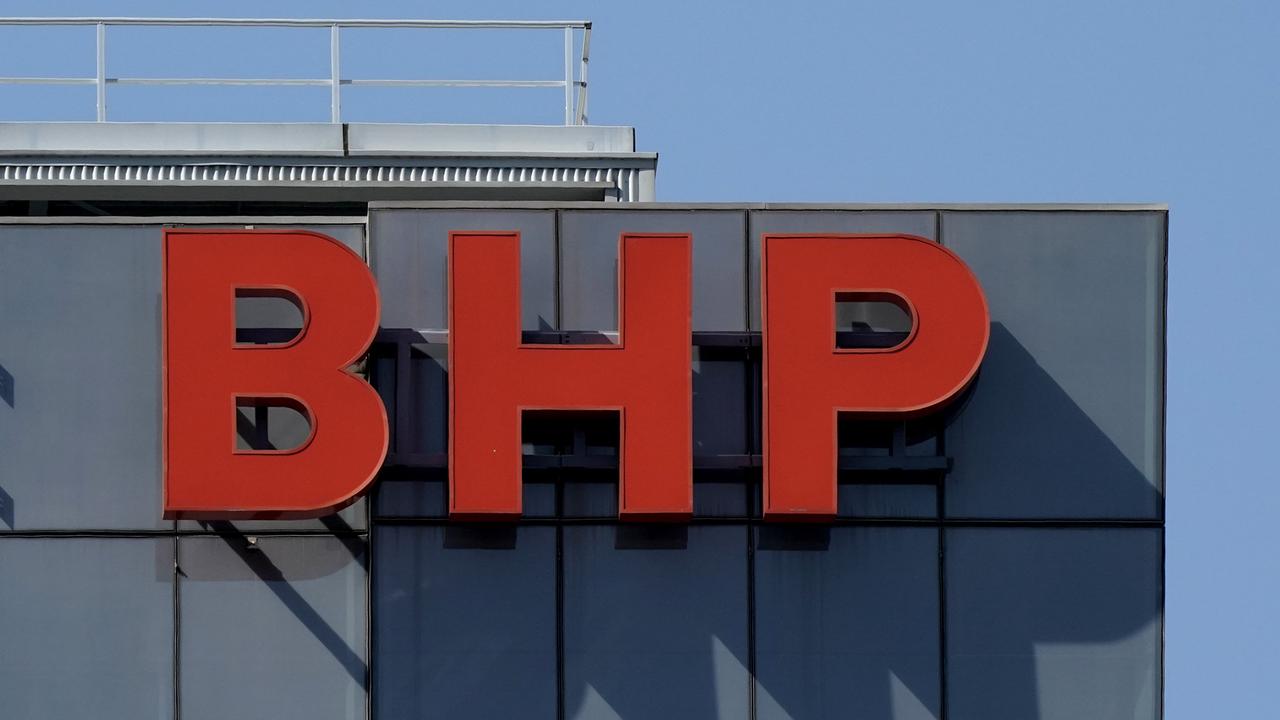What El Nino means for fruit and vegetable prices
With predictions El Nino could be on the horizon farmers have one message for Aussie consumers: now is the time to buy fruit and vegetables.

Environment
Don't miss out on the headlines from Environment. Followed categories will be added to My News.
With predictions El Nino could be on the horizon, farmers have one message for Aussie consumers: now is the time to buy fruit and vegetables.
Australia remains on alert for an El Nino weather event with a high likelihood a sweltering summer is on the way.
The Bureau’s long-range forecast for spring shows below average rainfall is likely for most of Australia along with warmer than usual temperatures.
The predicted rise could play havoc with fruit and vegetable prices.
Catherine Velisha, the managing director of Velisha farms, which sells broccoli, cauliflower, celery, iceberg lettuce, kale and spring onions, told news.com.au prices are the lowest they have been in years.
Ms Velisah said that the near perfect conditions have resulted in low prices, abundant stock and high quality fruit and vegetables.
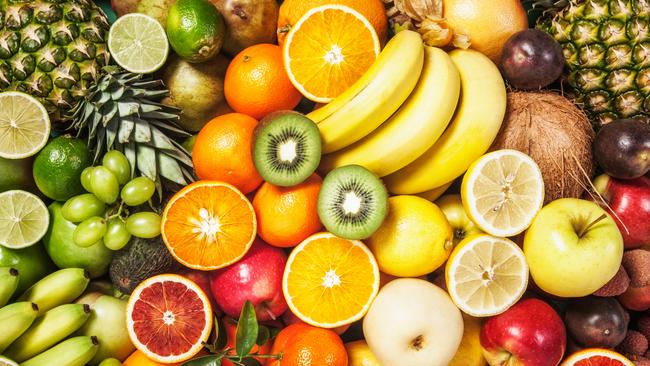
“We’ve had some really great conditions, there has been no disruption this year to planting and growing,” she said.
But she said with El Nino on the horizon “potentially in 12-24 months time” those prices could increase dramatically.
She said a “hot, dry summer stresses fresh vegetable production” and encouraged people to “buy as much as you can now”.
Rachel Mackenzie, the executive director of Berries Australia, also encouraged consumers to take advantage of great quality and low prices.
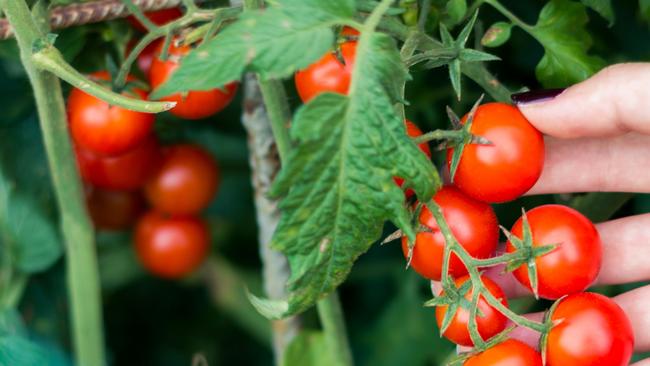
Ms Mackenzie said while Australia has had two wet years and there is a “fair bit of water in storage” if El Nino extends over a number of years “we may end up with a situation where all our waters are dry and we have no water of irrigation”.
She described an increase in prices as a “slow burn” that is “very dependent on water storage”.
The Bureau of Meteorology (BOM) has continued its El Nino alert in August, with conditions not yet right for the organisation to call the event beyond doubt.
“When El Nino Alert criteria have been met in the past, an El Nino event has developed around 70 per cent of the time,” the BOM said.
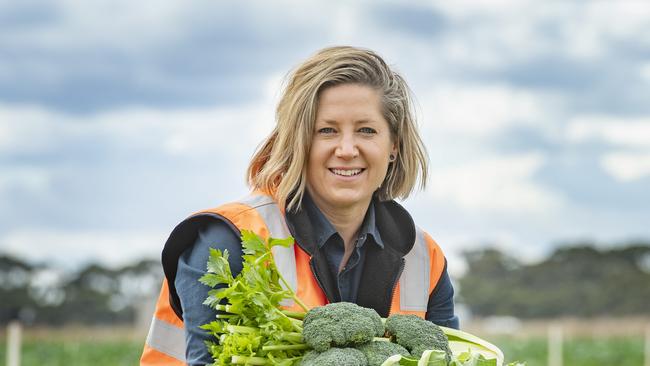
Despite Australia not yet being at El Nino, there are already warnings about how hot the upcoming summer will be from ANU climatologist Professor Janette Lindesay.
“Whether it does or not, it remains highly likely that spring and summer temperatures will be above average across eastern and southeastern Australia, and the scales are weighted towards a drier spring/summer than has been our recent experience,” she said.
The conditions could bring out the extra heat needed for a horror bushfire season.
“These conditions are cause for concern regarding the coming bushfire season in the east, south and southeast (which could start earlier than usual), where recent wetter years have contributed to considerable vegetation growth and a potentially dangerous fuel load in hot dry weather,” Professor Lindesay said.
For an El Nino event to be called, thresholds for temperature and atmospheric conditions need to be met.
- with Eli Green, NCA Newswire
Originally published as What El Nino means for fruit and vegetable prices




